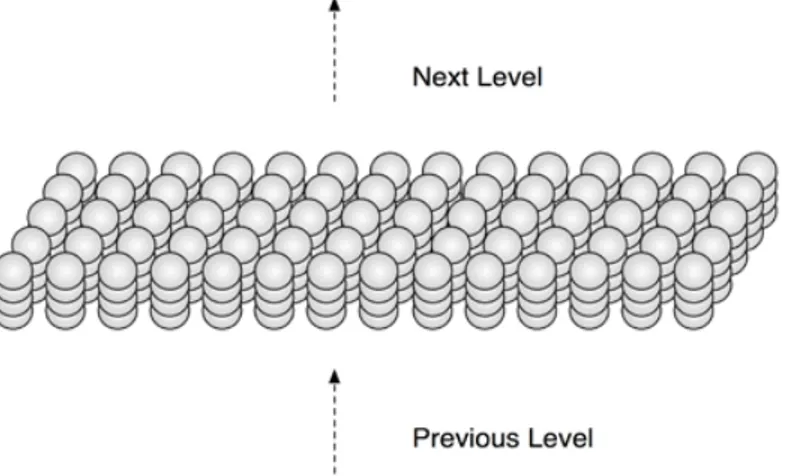Object tracking based on hierarchical temporal memory classification
Texto completo
Figure
![Figure 1.1 Motion capture. Taken from [Com09]](https://thumb-us.123doks.com/thumbv2/123dok_es/3749586.643835/14.918.174.791.103.458/figure-motion-capture-taken-from-com.webp)
![Figure 1.3 Motion capture. Taken from [MHM07]](https://thumb-us.123doks.com/thumbv2/123dok_es/3749586.643835/16.918.179.776.585.875/figure-motion-capture-taken-from-mhm.webp)
![Figure 1.6 Example of occlusion: the target is partially occluded. Taken from [Com01]](https://thumb-us.123doks.com/thumbv2/123dok_es/3749586.643835/18.918.307.656.654.914/figure-example-occlusion-target-partially-occluded-taken-com.webp)
Documento similar
Interoperability between software systems, based on distributed-object tech- nology, is enabled and supported by communication middleware mechanisms such as the Common Object
– Computes per-object cost using heuristics based on profiling data to assign each object to a memory tier – Greedy relaxation of the 0/1 multiple knapsack problem +
Hence, this doctoral dissertation scientifically contributes to the current knowledge on the field in several ways: (1) Providing an exhaustive revision of the insight into
In Figure 4.12 we can see how the results that we have obtained look like. We will start analyzing graph a) of spatial noise (add noise xy) which has a very familiar aspect to us, as
For measuring the start and the end of a tracking failure the TIM measure is outperforming the other measures both for target model similarities (e.g., clutter) and
We consider the complete dataset consisting of otoliths from three families of fishes (Soleidae, Labridae and Scombridae) and apply an agglomerative hierarchical clustering
For detecting uncertainty transitions from low-to-high or high-to-low values, we compute a change signal c t that maximizes the difference between u t and previous uncer-
RAJSSC tracker is a correlation filter based tracking, which is able to simultaneously model target appearance changes from spatial displacements, scale variations, and

![Figure 1.10 Different localization techniques. Taken from [MC11, Chapter 5]](https://thumb-us.123doks.com/thumbv2/123dok_es/3749586.643835/22.918.180.787.113.329/figure-different-localization-techniques-taken-from-mc-chapter.webp)

![Figure 2.1 A research process, taken from [BCW08]](https://thumb-us.123doks.com/thumbv2/123dok_es/3749586.643835/33.918.218.740.102.584/figure-a-research-process-taken-from-bcw.webp)